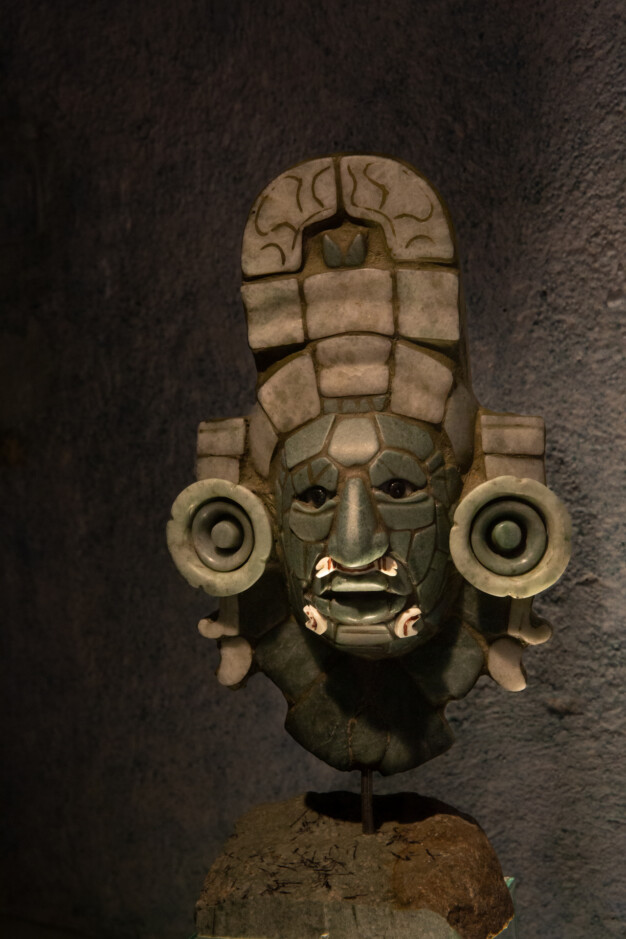
Pre-Columbian Period
Maya Civilization
The lush highlands and sultry rainforests of Guatemala were once the heartland of the Maya civilization, one of the most prominent in the ancient Americas. Flourishing from around 2000 BCE to 1500 CE, these folks were early adopters of chocolate, lovers of the stars, and math enthusiasts who could give Pythagoras a run for his money. They left behind a legacy of awe-inspiring temples, sophisticated writings, and a calendar more reliable than your weather app.
Other Indigenous Groups
But let’s not put all our historical eggs in one basket; the Maya weren’t the only game in town. Guatemala was a cultural mosaic, with groups like the Xinca and the Garifuna adding their own flair to the mix. These communities contributed their own languages, traditions, and spicy kicks to the cultural stew that predated Columbus’s “discovery” of the New World.
Spanish Conquest
Arrival of the Conquistadors
Enter the Spaniards in the early 16th century, with their shiny armor and less-than-shiny intentions. It was the beginning of a less-than-cordial meet-and-greet that forever altered the continent.
Fall of the Maya City-States
Led by the notoriously ruthless Pedro de Alvarado, and with a mix of military might, cunning alliances, and good old-fashioned treachery, the Spanish managed to topple the once mighty Maya city-states. It’s a classic tale of conquest, complete with plot twists, betrayals, and a hefty dose of irony.
Colonial Era
Guatemala under Spanish Rule
For roughly 300 years, Guatemala donned the not-so-fashionable hat of a Spanish colony. The Spaniards were the new landlords, and they brought along their language, religion, and fondness for bureaucracy.
Economic and Social Structures
Colonial Guatemala was a land of haciendas and churches, with a social ladder as rigid as a starched collar. Economic wheels turned on the backs of indigenous and African labor, with agriculture and resource extraction catering to European tastes.
Road to Independence
Influence of the Enlightenment
The European Enlightenment didn’t just inspire bad wigs and revolution in France; its ideas also crossed the pond. Enlightenment thinkers put the batteries in the flashlights that illuminated paths to independence across Latin America.
The Central American Independence Movement
September 15, 1821, marks the day when Guatemala, along with its Central American neighbors, decided it was time to swap their colonial status for something a tad more autonomous. This wasn’t just a break-up with Spain; it was the region’s first swipe right on the app of independence.
19th Century
Early Independence Years
The post-independence honeymoon period was a bit rocky. Guatemala was part of the short-lived Federal Republic of Central America, a union that had more breakups than a soap opera.
Liberal Reforms
The mid-1800s brought the Liberal Reforms, a series of changes that were as liberal as avocado toast, pushing for modernization and less church influence in state matters.
Coffee Economy and Dictatorships
Ah, coffee! The magical bean that transformed Guatemala’s economy also brewed a series of dictatorships. It was a time when presidents often had more in common with your moody barista than with democratic ideals.
20th Century Upheavals
Dictatorship and the United Fruit Company
The 20th century saw Guatemala entangled with the United Fruit Company, an entity so powerful it had its own foreign policy and a knack for playing puppeteer with Guatemalan politics.
Democratic Spring
For a brief moment in the 1940s and ’50s, Guatemala experienced a Democratic Spring, a period of reform and hope that was as refreshing as a cool breeze on a hot day but was ultimately cut short by a U.S.-backed coup in 1954.
Guatemalan Civil War
The resulting instability led to a brutal civil war lasting from 1960 to 1996, a 36-year-long series of tragic events that pitted the military government against various leftist rebel groups, and tragically affected the lives of countless Guatemalans.
Modern Guatemala
Post-Civil War Transition
The ink on the peace accords was barely dry when Guatemala began the mammoth task of healing and rebuilding. The road to reconciliation was less a highway and more of a pothole-riddled country lane.
Economic Growth and Challenges
Economic growth came knocking, but it brought along friends like poverty, crime, and corruption. Guatemala’s economy has been growing, but it’s a bit like a teenager: it has potential but needs to get its act together.
Political Developments
Recent political developments have seen a mix of turmoil and progress, with anti-corruption movements flexing their muscles. Guatemalan politics can be as unpredictable as the local volcano, Pacaya — sometimes dormant, sometimes erupting without much warning.
Cultural Heritage
Indigenous Contributions
The cultural fabric of Guatemala is rich with indigenous contributions, from the vibrant weavings to the dizzying marimba melodies. It’s a living museum where ancient traditions dance cheek to cheek with modernity.
Spanish Colonial Influence
The Spanish left more than just a linguistic legacy; their colonial influence is etched into the country’s baroque architecture and fervent religious festivals. Guatemala is like a history book with fantastic pictures; you just need to walk its streets to read it.
In a nutshell, Guatemala’s history is as colorful and complex as the patterns on a Maya huipil. It’s a story woven from threads of resilience, struggle, and cultural fusion, creating the vibrant tapestry that is modern Guatemala. Pack your bag, and don’t forget some sturdy shoes; this country’s historical journey is a hike worth taking, with sights and insights at every turn.